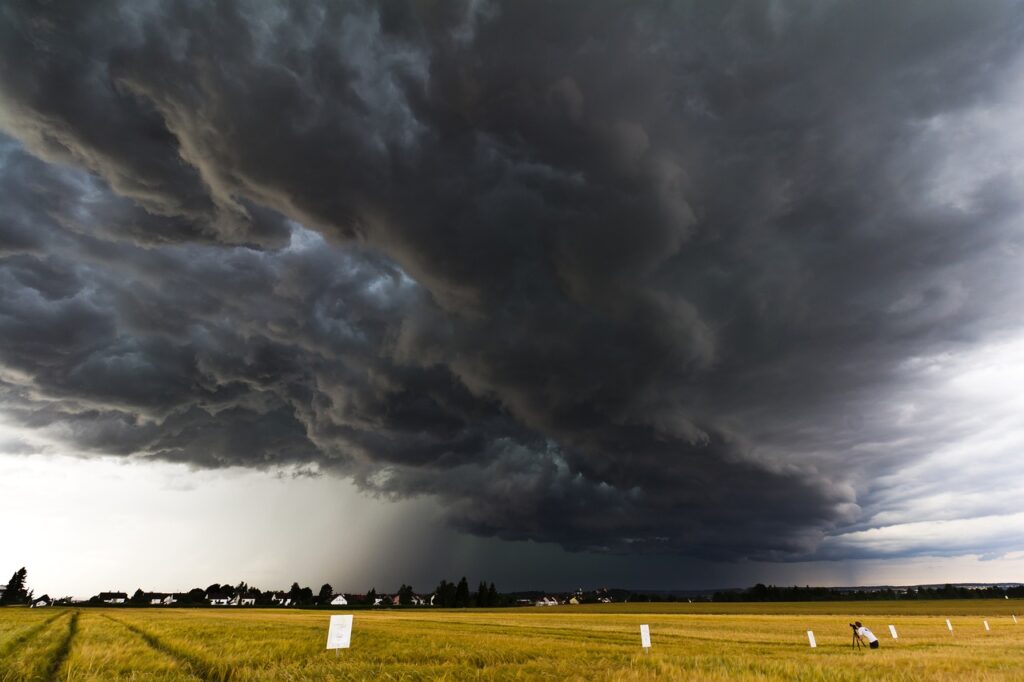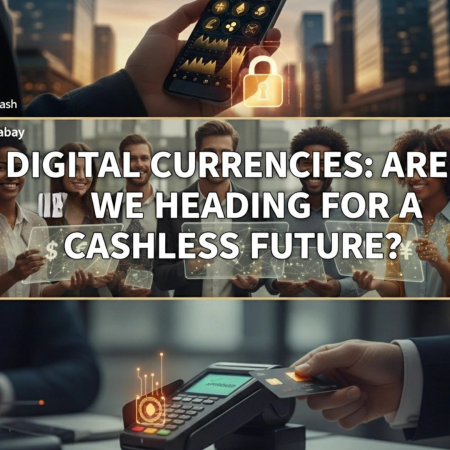
myHey, lady preppers! Let’s talk about something that’s been on my mind lately – and probably yours too if you’ve been paying attention to the news. Digital currencies are no longer just a futuristic concept; they are a reality, and they’re changing how we handle money faster than we might realize.
Preparedness isn’t just about bug-out bags and storing food; we have to stay ahead of the curve in all aspects, including finances. I have provided information and tips from budgeting to gold, but now I want to break down what’s happening with digital money, what it means for us as independent women, and, most importantly, how we can stay in control of our finances, no matter what direction things take.
The Digital Revolution is Already Here
Here’s something that might surprise you: 84% of payments in the United States are already made digitally. Think about it – when was the last time you actually paid cash for something? Between credit cards, debit cards, Venmo, Apple Pay, and all the other apps on our phones, most of us are already living in a pretty cashless world.
But this isn’t just an American thing. Countries around the world are going full steam ahead with digital payments. In the Netherlands, 85% of card payments are now contactless, and cash withdrawals have dropped by more than a third in recent years. Sweden, Norway, and the UK are pushing toward cashless societies, with some even making it a legal policy.
There are no countries that have exclusively adopted a Central Bank Digital Currency (CBDC) to the exclusion of all other forms of money (such as physical cash) – yet. Some countries have launched a CBDC as a complement to their existing monetary system, running it in parallel with physical cash and traditional bank accounts. The goal of these launches is often to improve financial inclusion, modernize payment systems, and test the technology, not to eliminate cash entirely…again…yet.
The countries that have fully launched a retail CBDC for public use include: The Bahamas (Sand Dollar), Nigeria (e-Naira), Jamaica (Jam-Dex). There is the Eastern Caribbean Currency Union, which includes eight islands: Antigua and Barbuda, Anguilla, Dominica, Grenada, Montserrat, Saint Kitts and Nevis, Saint Lucia, Saint Vincent and the Grenadines. In addition, several major economies, such as China, India, and Russia, are in advanced pilot phases, with large-scale testing and millions of users, but their CBDCs are not yet fully launched for nationwide use.
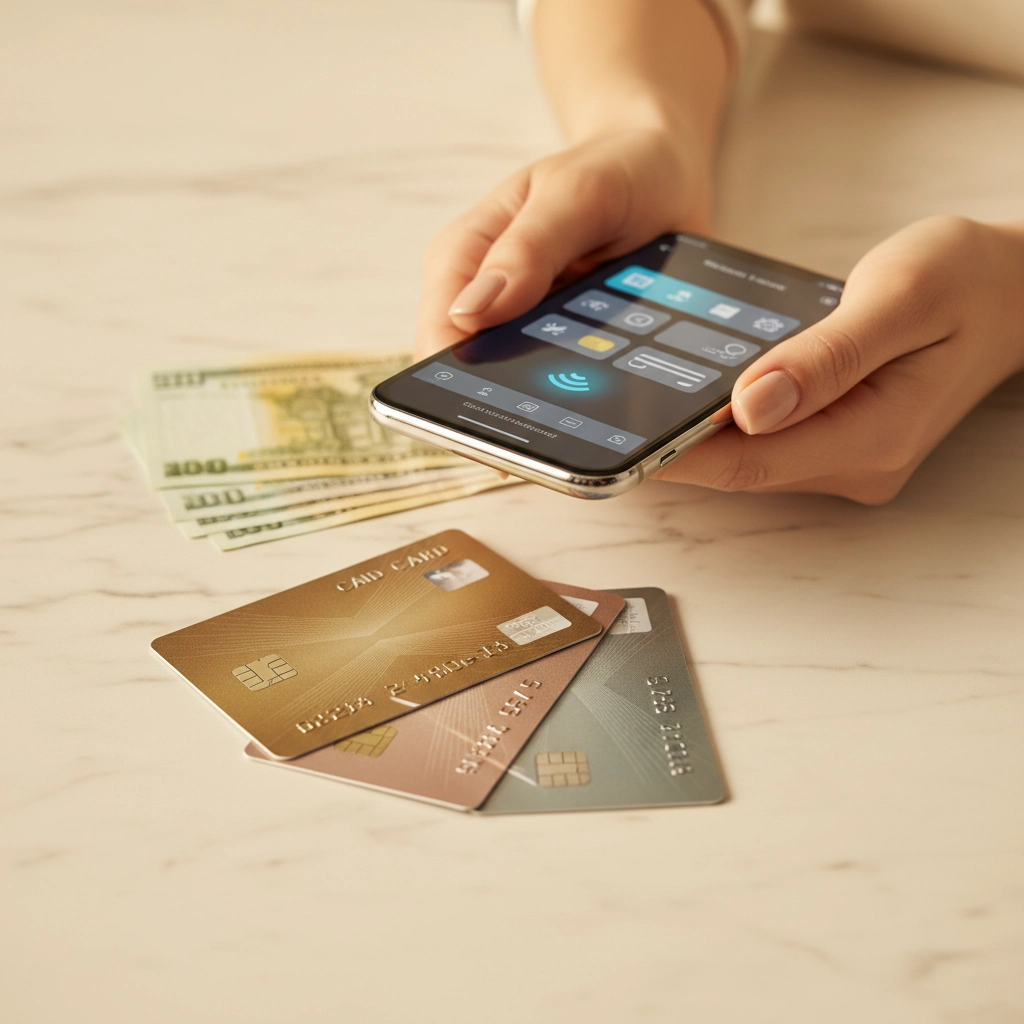
The Crypto Factor
And there’s the elephant in the room: cryptocurrency. Whether you love it or think it’s all hype, the numbers don’t lie. 28% of American adults – that’s about 65 million people – now own some form of cryptocurrency. That number has nearly doubled since 2021, and it shows no signs of slowing down.
What’s even more interesting? Another 14% of people who don’t own crypto are planning to jump in this year, and 67% of current owners want to buy more. Bitcoin is still the favorite, with 66% of potential buyers interested in it, followed by Ethereum.
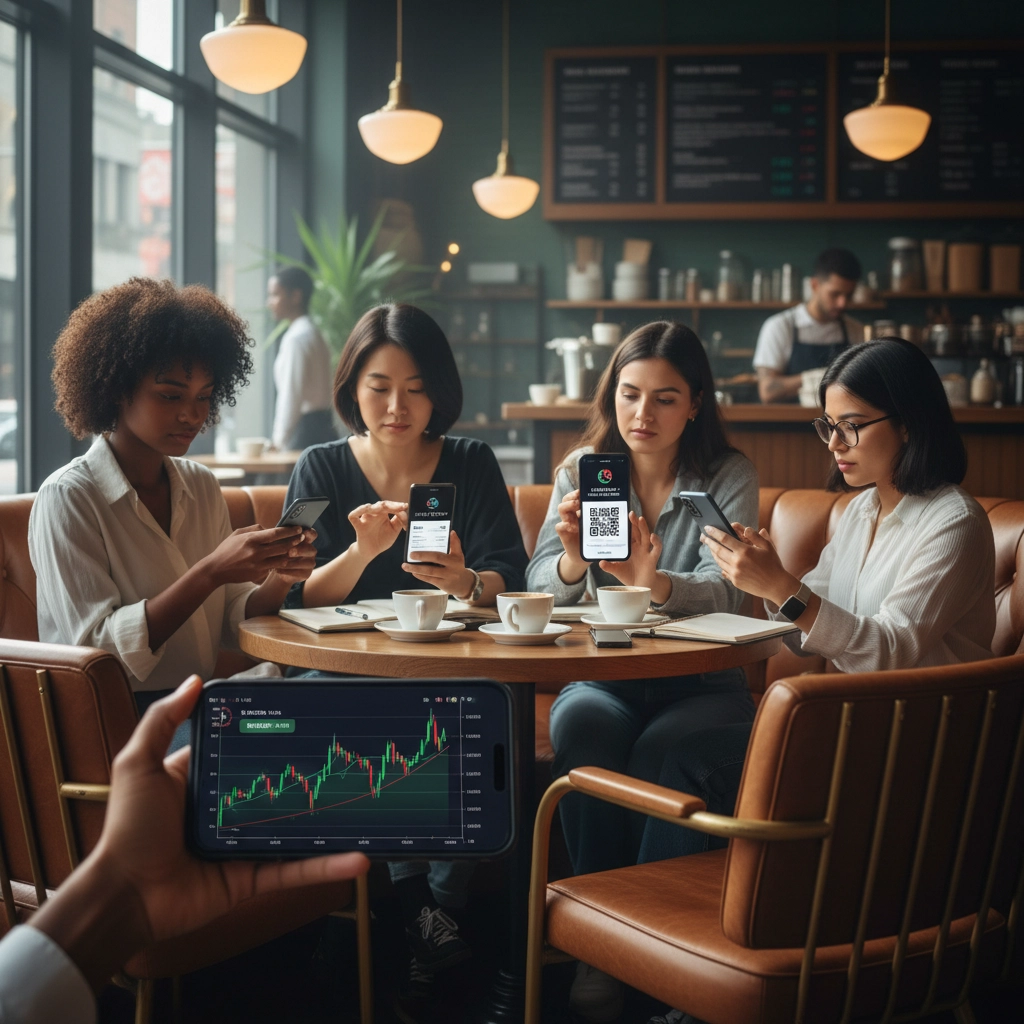
Signs It’s Coming to America
Several countries have already taken the plunge into Central Bank Digital Currencies (CBDCs) – essentially, government-issued digital money – and even in the U.S., there’s serious talk about a digital dollar.
The difference between these government digital currencies and cryptocurrencies like Bitcoin is control. CBDCs are controlled by central banks and governments, while cryptocurrencies are supposed to be decentralized. The difference between the two matters significantly when discussing privacy and control over your finances. So what are the indicators that we might be heading toward a cashless future here in the U.S.? Here are the big ones I’m watching:
Government Interest: The Federal Reserve has been studying digital currencies seriously, and they’ve published research on the benefits and risks of a digital dollar.
Big Finance Partnerships: Major financial players, such as JPMorgan Chase, Goldman-Sachs, and Citi are forming partnerships with cryptocurrency companies and offering digital currency services to their customers.
Political Support: With changing administrations, there’s growing political support for crypto innovation and regulation that could pave the way for broader adoption.
Consumer Behavior: We’re already choosing digital payments over cash in overwhelming numbers, making the transition feel more natural.
Merchant Adoption: More businesses are accepting cryptocurrency, and some are even offering discounts for digital payments.
The Real Talk: Pros and Cons
So what does this mean for us as women managing our families and finances?
The Good Stuff:
- Convenience: No more digging for exact change or worrying about carrying cash
- Security: Less risk of theft or loss (though different security risks emerge)
- Better budgeting: Digital transactions are automatically tracked
- Financial inclusion: Could help people without traditional bank accounts
The Not-So-Good Stuff:
- Privacy concerns: Every transaction could be tracked and monitored
- Technical dependence: What happens when the system goes down?
- Exclusion risks: What about people who can’t or won’t use digital systems?
- Control issues: Governments could potentially control or limit your spending
What is most concerning to me is that it’s pretty apparent that we are dealing with an administration that is intent on taking away rights women have fought for. This, coupled with the surge of incels and radical religious groups pushing for the subjugation of women, makes the concept of digital currency scarier for women. Women were only recently allowed to have credit, get a divorce, and own land in their own name. Should more laws be passed that rescind those rights, that may leave control of our money to our husbands, partners, male relatives…or the government. This leaves us women unable to live independently, should we wish to divorce, are widowed, or try to escape domestic violence. 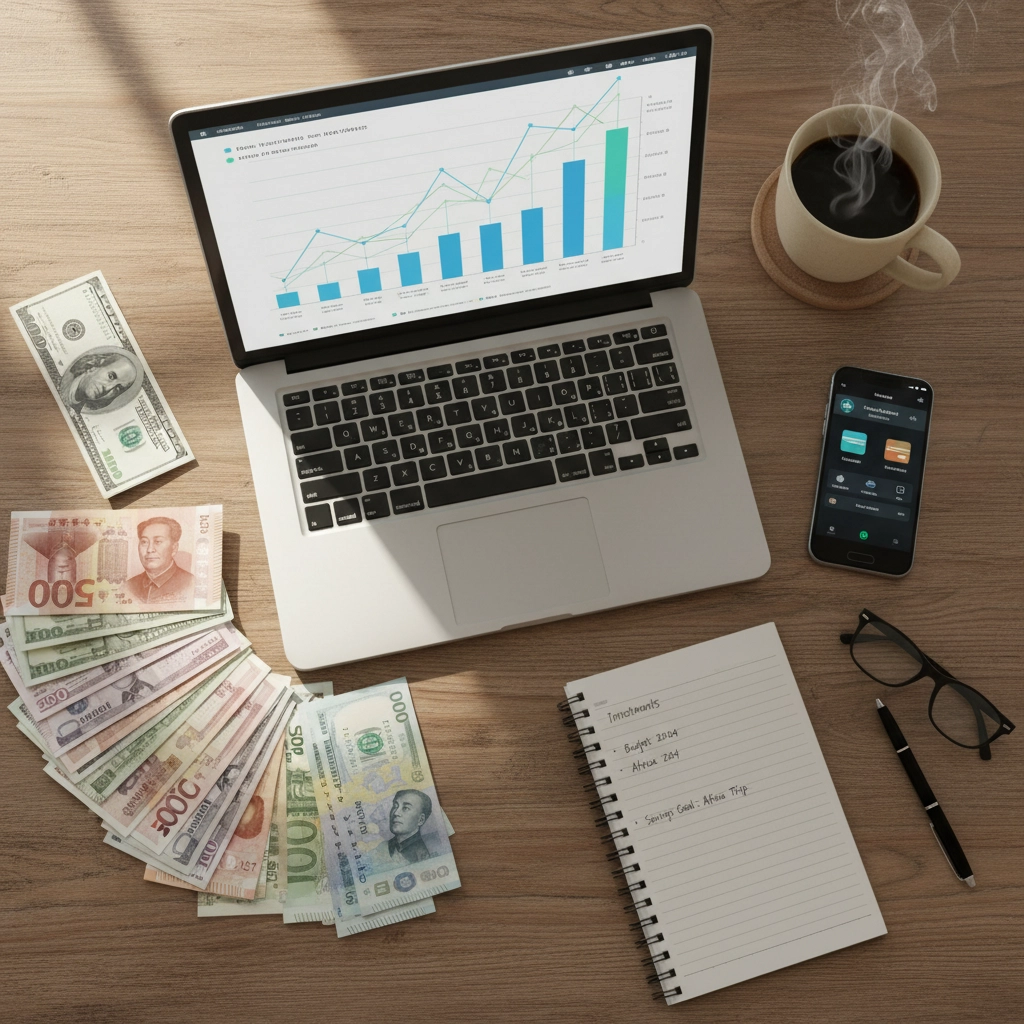
Keeping Control of Your Money
So, how do we maintain control and privacy over our finances in an increasingly digital world? Here are some practical strategies:
Diversify Your Payment Methods: Don’t put all your eggs in one basket. Keep some cash on hand, maintain traditional bank accounts, and consider also holding some cryptocurrency.
Learn About Privacy-Focused Options: Some digital currencies and wallets are designed with privacy in mind. Research options like privacy coins or wallets that don’t require personal information.
Use Multiple Platforms: Don’t rely on just one payment app or bank. Spread your financial life across different services to reduce risk.
Stay Cash-Compatible: Even in a digital world, some cash capability is valuable for emergencies and privacy.
Keep Physical Backup Plans: Make sure you have alternative ways to access your money if digital systems fail.
What About “Untraceable” Spending?
Truly untraceable digital spending is much harder than people think. Even cryptocurrencies that claim to be anonymous often leave digital footprints that experts can trace. However, there are levels of privacy:
- Cash: Still the most private option for small, local transactions
- Privacy-focused cryptocurrencies: Offer more anonymity than traditional digital payments
- Peer-to-peer transactions: Direct transfers between individuals can be more private
- Prepaid cards: Offer some anonymity for digital spending
The key is understanding that “privacy” and “completely untraceable” are different things, and planning accordingly.

Preparing for the Transition
Whether you’re excited about a cashless future or worried about it, preparation is key. Here’s what I recommend:
Start Learning Now: Get comfortable with digital payment systems and cryptocurrency basics. You don’t need to become an expert, but understanding the landscape helps you make better decisions.
Build Emergency Funds in Multiple Forms: Keep some cash, maintain traditional savings, and consider holding some cryptocurrency as a hedge. As I have mentioned during our prepping journey, setting aside at least $5 a week or more adds up quickly.
Stay Informed: Follow developments in digital currency policy and technology. Knowledge is power, especially when it comes to your money.
Network with Like-Minded Women: Connect with other women who are thinking about these issues. We’re stronger when we share knowledge and support each other.
The Bottom Line
Are we heading for a cashless future? The evidence suggests yes, and it’s happening faster than many of us expected. But that doesn’t mean we have to be passive participants in this change.
As urban women, single moms, and independent thinkers, we have the power to educate ourselves, make informed choices, and maintain control over our financial lives. The key is staying informed, planning ahead, and not letting fear drive our decisions.
The future of money is changing, but with the right knowledge and preparation, we can navigate these changes successfully. Remember, we’ve adapted to countless technological changes before – from checkbooks to credit cards to online banking. This is just the next step in that evolution.
Ready to stay ahead of the curve on financial preparedness and other crucial topics? Subscribe to my newsletter for the latest insights and practical tips, and don’t miss my recent podcast episodes where I dive even deeper into preparing for an uncertain financial future. Because when it comes to protecting what matters most, knowledge and preparation are your best assets.

